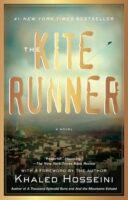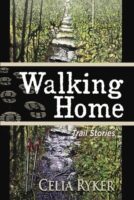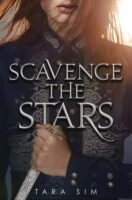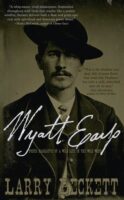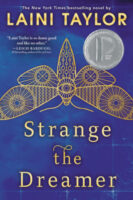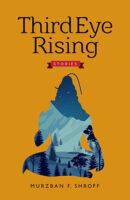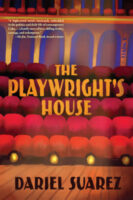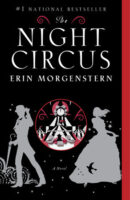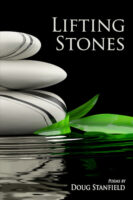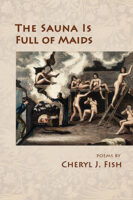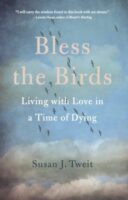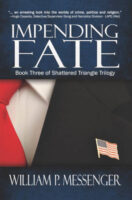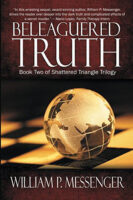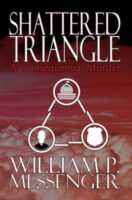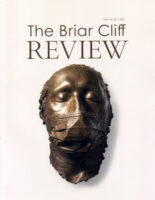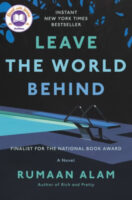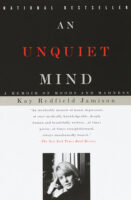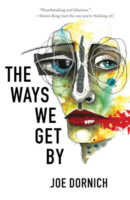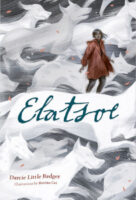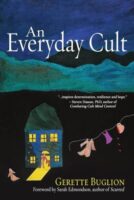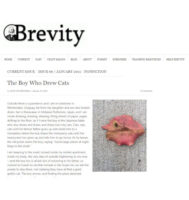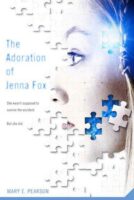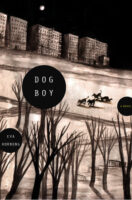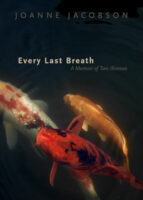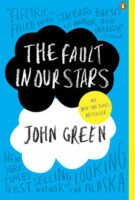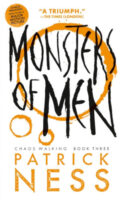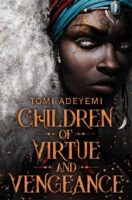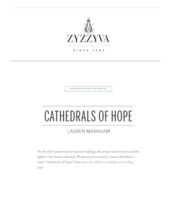Guest Post by Cindy Dale.
I love discovering a new writer, especially one who, IMHO, has been overlooked. Introducing Derek B. Miller.
Miller’s first novel, Norwegian by Night, introduced Sheldon Horowitz, an 82-year-old former Marine who served in the Korean War. Still crippled by the death of his only son in Vietnam, Sheldon sets off to track down a young boy who has been kidnapped by the Serbians. This is an excellent, fast-paced mystery set in—you guessed it—Norway. (Miller is American married to a Norwegian).
This was followed by The Girl in Green. Spanning two decades, this is an ambitious, thought-provoking commentary on the Gulf War. At the center of the story: a war-weary British journalist named Thomas Benton and an aimless American private named Arwood Hobbes. A quick Google search reveals that Miller’s CV makes him eminently qualified to write about the complexities of war. You will at times think Catch-22 and will be haunted by how little the world has changed.
Miller next returned to the realm of crime with American by Day, an excellent mystery packed with a lot of social commentary. Main character Sigrid Odegard (introduced in Norwegian by Night) leaves Norway and heads to up-upstate New York to track down her missing, long absent brother Marcus. Miller nicely juxtaposes Norwegian society and policing tactics with our own.
Miller’s newest, How to Find Your Way in the Dark (not yet read by this reviewer), will be released July 27 and is a prequel to Norwegian by Night. Perhaps this is the book that will bring attention to this under-the-radar author who deserves to be more widely read. While reading Miller, I was reminded of Ward Just, another writer whose work crisscrossed the globe, who wrestled with the consequences of war, and who never quite got the acclaim he deserved.
Norwegian by Night by Derek B. Miller. Scribe, 2012.
The Girl in Green by Derek B. Miller. Mariner Books, January 2017
How to Find Your Way in the Dark by Derek B. Miller. Mariner Books, July 2021.
Reviewer bio: Cindy Dale has published over twenty short stories in literary journals and anthologies. She lives on a barrier beach off the coast of Long Island.

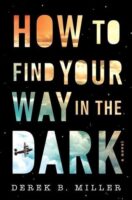
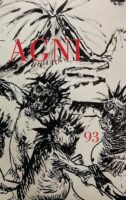
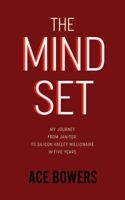
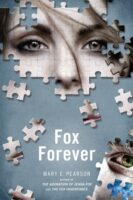
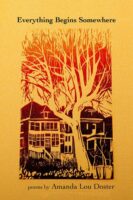
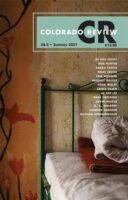
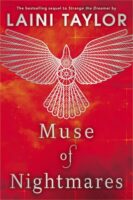
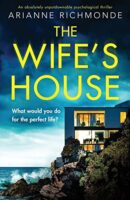
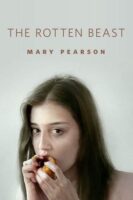
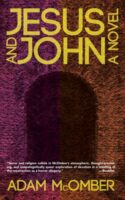

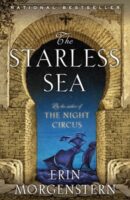
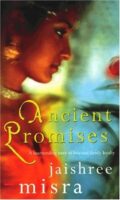

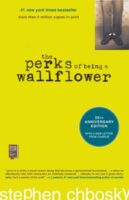
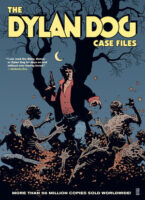
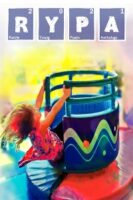 I am delighted each time the annual
I am delighted each time the annual 